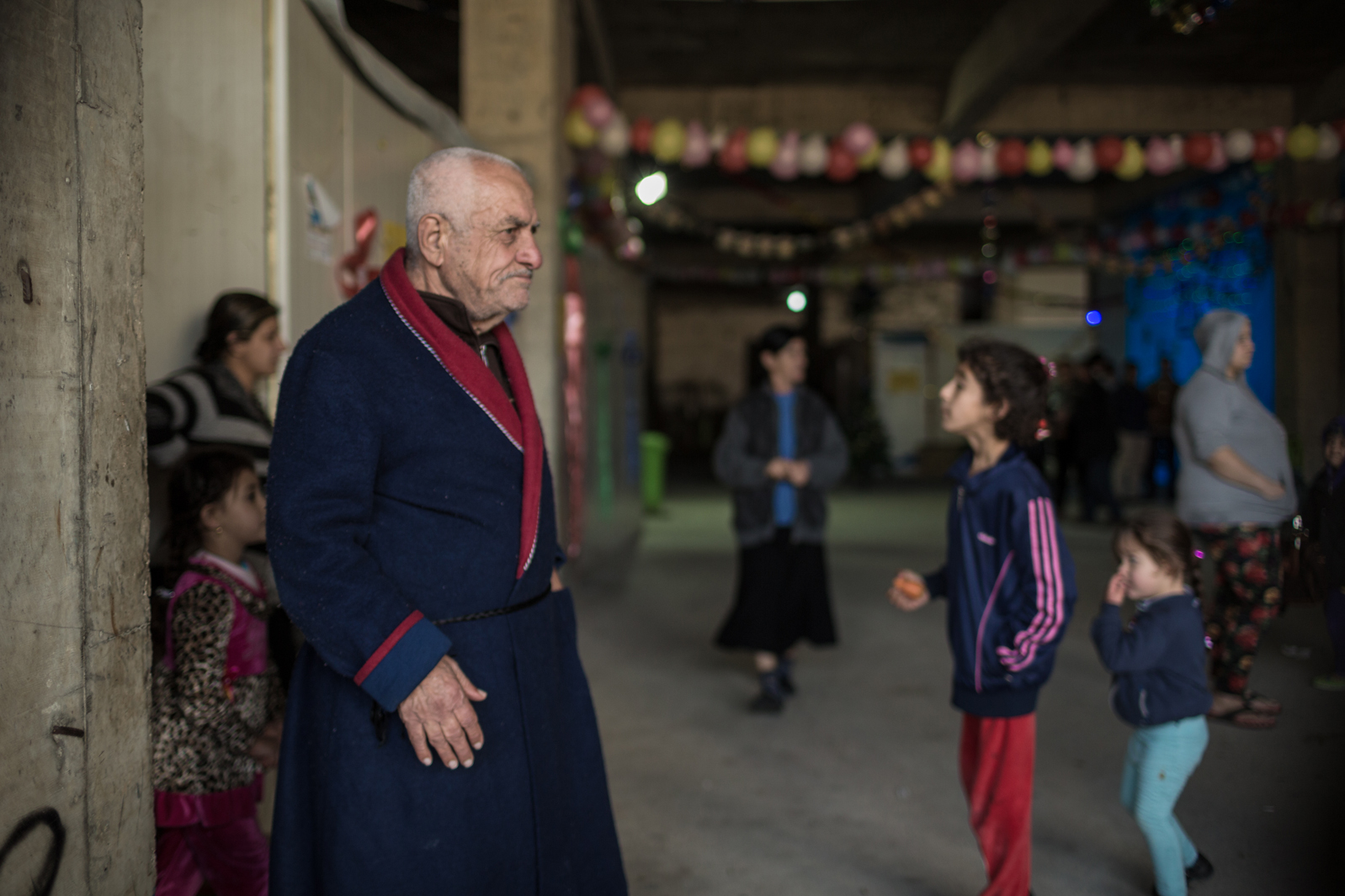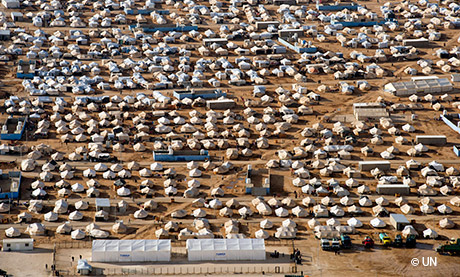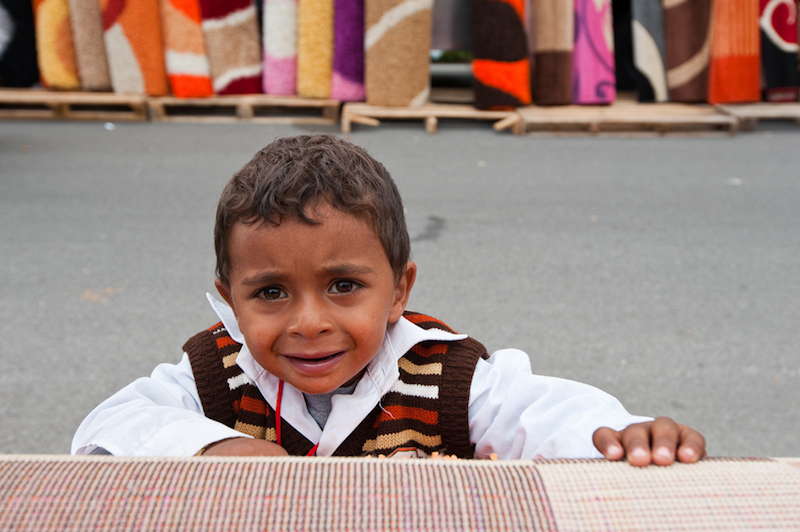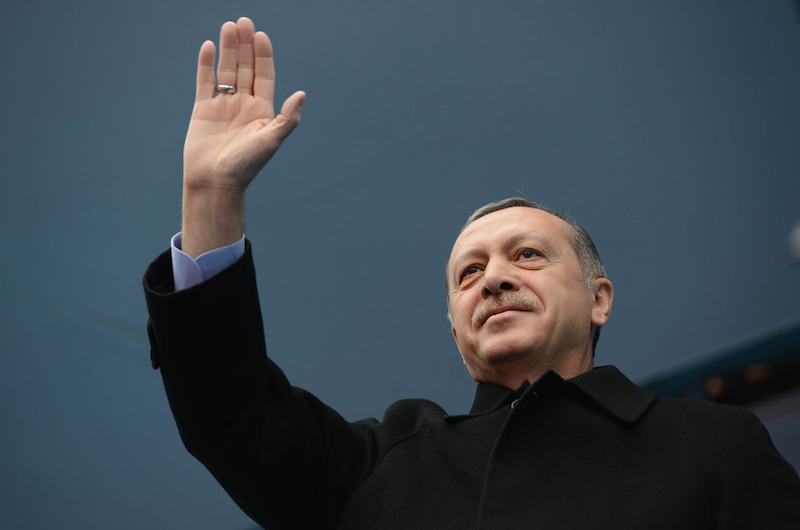This is part of a series of articles and interviews being prepared on the current refugee crisis. Canada’s effort to resettle 50,000 Syria refugees in the next two years is part of a larger geo-political problem facing the international community, and this series will help to shed light upon some of the political and social pressures facing those who work with the refugees, and those who play a political role in helping them settle in Canada.
Iraq and Syria’s Christian minorities have recently been the focus of media and government attention. The forced removal and displacement of those living in Mosul and surrounding region by the Islamic State of Iraq and Syria (ISIS), the violence faced by the community in Mosul in the period from 2003-2014, and the resulting refugee crisis has had many international implications. Since 2006, Canada has received a large number of refugees from this Christian Community, and the pervious government did prioritize members of the community in the period leading up to the last federal election in 2015.
It is important to understand the recent historical context in which this community lived in the Middle East. Known ethnically as Assyrians, the Christians of Iraq and Syria are a minority ethnic and religious community indigenous to the “triangle between the two lakes of Van and Urmia and the City of Mosul”. Assyrians have historically been members of four churches, the Syriac Orthodox Church, Syriac Catholic Church, Chaldean Catholic Church, and the Assyrian Church of the East. Prior to the breakup of the Ottoman Empire, Assyrians were a fairly independent religious community, organized into a millet under the Ottoman administrative authority. Assyrians administered their internal affairs separately and with little influence from the central Ottoman government.
Assyrians of the Hakkari Mountains, who were members of the Assyrian Church of the East, organized themselves into independent tribes of the Upper and Lower Tiyari, Tobi (Choma-Tekhoma), Jellawi, Piniyniski, Al Toshi, Artoshi Bashi, Bazi, Sati, Ormari, Julamergi, Dez, Siliyahi, and Berwari. Assyrian political and religious leaders created a delicate balance of power, that kept the community organized around the leadership of Mar Shimun the hereditary political and religious head of the Assyrian Church of the East.
Urban Assyrians lived in Mosul and Urmia, they politically lived under the authority of the central Ottoman and Iranian Empires respectively. They lived in generally favourable conditions. Urban Assyrians found themselves able to participate in daily life without much hindrance. They were also able to practice their religious and cultural traditions without interference from the state.
During the First World War, Assyrians in the Hakkari Mountains and those living in the region of what is today Southern Turkey faced a genocide at the hands of Ottoman and Kurdish neighbours. The genocide targeted the community from 1915-1918, destroying the vast majority of the villages and towns traditionally inhabited by Assyrians. In addition to the lost villages and cities, during the genocide the Assyrians lost much of the social and intellectual leadership of the community. The vast majority of those surviving the genocide were re-settled in modern Iraq, and particularly in a refugee camp 45KMs north of Baghdad, Iraq in the town of Baqubah. Other Assyrians were settled in French occupied Syria.
Following the British occupation in Iraq, the Assyrians faced a massacre at the hands of the Iraqi Army in 1933. In the Simele region of Iraq, Assyrians were killed en masse for being viewed as traitors to the Iraqi state. Assyrians who had re-settled in Iraq following the Ottoman genocide were affected by the actions of the Iraqi regime. Those living in urban areas like Mosul and Baghdad were not targeted. Following the massacre, many Assyrians re-settled once more in Syria. For the most part though, Assyrians living in both Iraq and Syria became part of the emerging states. They contributed to both the social and cultural lives in the country. They were able to become part of the intellectual and social leadership. The current political situation, and the wars in both Iraq and Syria have displaced the community, destroyed their material culture, and have seen many Assyrians die as a result of targeted attacked by various terrorist groups.
The next article in this series will discuss the Yazidi community in Iraq.




